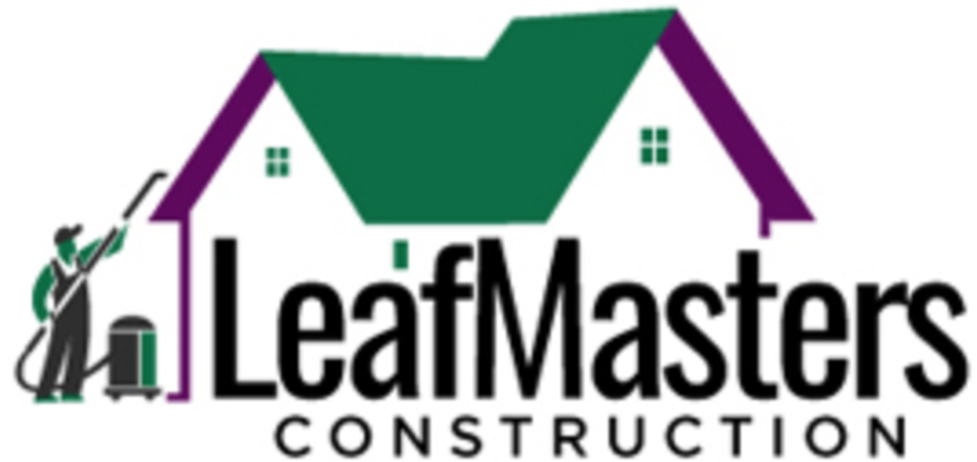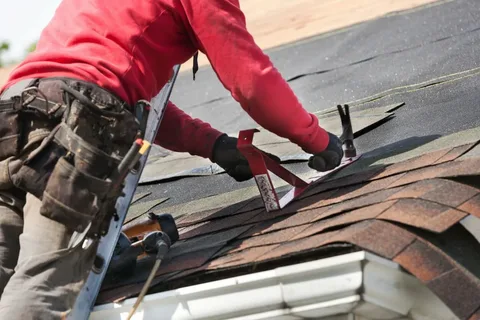Your roof is one of the most vital components of your property. It shields you from the elements, helps regulate indoor temperature, and plays a major role in your home’s curb appeal. Despite its importance, the roof is often one of the most neglected parts of a building—until a problem arises. That’s where professional roof maintenance services come into play. Regular inspections and timely upkeep can extend your roof’s life, prevent costly repairs, and maintain the value of your home or commercial building.
Whether you own a residential property or a business facility, keeping your roof in prime condition is essential. In this guide, we’ll explore the importance of regular maintenance, different types of roof materials, specific care tips, and how to find reliable roof maintenance near me.
Why Roof Maintenance Matters
Routine roof maintenance is not just a precaution; it’s a smart investment. Over time, your roof is exposed to wind, rain, sun, snow, and other environmental factors that can cause deterioration. If ignored, minor issues can escalate into expensive repairs or even full roof replacements.
Here are some major benefits of investing in roof maintenance services:
- Extended Lifespan: Routine upkeep can add years to the life of your roofing system.
- Cost Savings: Preventative maintenance is significantly less expensive than major repairs or replacements.
- Increased Energy Efficiency: Well-maintained roofs help improve insulation and reduce energy costs.
- Warranty Protection: Many roofing warranties require regular maintenance to stay valid.
- Enhanced Safety: A well-maintained roof minimizes the risk of leaks, mold, and structural issues.
Common Roof Types and Their Maintenance Needs
Different roofing materials require unique care approaches. Understanding your roof type helps you stay ahead of potential issues.
1. Metal Roof Maintenance
Metal roofs are known for their durability and long lifespan—often lasting 40 to 70 years. However, that doesn’t mean they’re maintenance-free. Proper metal roof maintenance includes:
- Inspecting fasteners and seals for rust or loosening
- Clearing debris like leaves and branches to prevent water pooling
- Checking for paint peeling or corrosion
- Ensuring flashing is intact and sealed
Scheduling annual inspections is essential for preserving the integrity of metal roofs, especially in areas prone to heavy storms or snow.
2. Tile Roof Maintenance
Tile roofs are highly durable and aesthetically pleasing, often found on Mediterranean or Spanish-style homes. However, they can be prone to cracking and algae buildup. Regular tile roof maintenance involves:
- Replacing broken or cracked tiles
- Cleaning mold, moss, or lichen with appropriate solutions
- Checking underlayment for damage or leaks
- Clearing gutters to avoid water backup
Because tile roofs can be fragile, it’s best to leave the cleaning and repairs to professionals who understand how to navigate safely without damaging tiles.
3. Flat or Commercial Roof Maintenance
Flat roofs are common in commercial buildings and require more frequent attention due to their structure. Water pooling and drainage issues are typical concerns. That’s where commercial roof maintenance services are especially valuable.
Professional contractors will:
- Check for standing water and ensure proper drainage
- Inspect seams and flashing for leaks
- Monitor for signs of punctures, cracks, or blistering
- Remove debris and clean drains
- Apply reflective coatings if needed
If you’re searching online for commercial roof maintenance near me, choose a provider with experience in EPDM, TPO, or built-up roofing systems commonly used in commercial settings.
Signs Your Roof Needs Maintenance
Even if your roof looks fine from the ground, underlying issues might be brewing. Here are key indicators that it’s time to schedule roof maintenance services:
- Missing or curled shingles
- Water stains on ceilings or walls
- Sagging rooflines
- Granules in gutters (from asphalt shingles)
- Frequent mold or mildew around the roof
- Increased heating or cooling bills
- Leaks during heavy rain
Ignoring these warning signs could lead to bigger problems, such as structural damage, insulation issues, or mold growth.
Residential Roof Maintenance Tips
While some homeowners attempt minor maintenance tasks on their own, it’s always advisable to hire professionals for a full inspection and maintenance service. That said, here are a few basic things homeowners can do between service visits:
- Visual Checks: After major storms, do a visual scan from the ground. Look for obvious damage or debris.
- Gutter Cleaning: Keep gutters and downspouts clear to avoid water damage.
- Trim Overhanging Branches: This helps prevent leaves and twigs from accumulating on the roof.
- Check Attic Ventilation: Proper airflow in the attic reduces moisture buildup that can harm the roof.
If you’re unsure whether you need professional help, a quick search for roof maintenance near me can help you find local experts who offer affordable inspections and services.
Commercial Roof Maintenance: A Business Priority
For business owners and property managers, ignoring roof care can be a serious liability. Leaks, poor insulation, and water damage can disrupt operations, damage inventory, and result in costly repairs. That’s why regular commercial roof maintenance services should be part of your building management strategy.
Professional maintenance services typically include:
- Scheduled inspections (semi-annually or quarterly)
- Detailed condition reports with photos
- Emergency repairs for storm or weather damage
- Recommendations for preventive actions
To avoid downtime and unnecessary expenses, look for providers offering commercial roof maintenance near me who understand the specific requirements of business properties and local codes.
Roof Maintenance Frequency
How often should you schedule professional roof maintenance? The answer depends on factors like roof type, age, and local climate, but a good rule of thumb is:
- Residential Roofs: At least once a year, ideally before or after the winter season.
- Commercial Roofs: Twice a year—once in the spring and again in the fall.
Also, after extreme weather events like hurricanes or hailstorms, it’s smart to book an additional inspection to assess any hidden damage.
Choosing the Right Roof Maintenance Service
Not all roofing contractors are created equal. When searching for roof maintenance services, keep the following tips in mind:
- Licensing and Insurance: Always hire licensed, insured professionals.
- Experience: Choose a company with experience in your specific roof type—be it metal roof maintenance, tile roof maintenance, or commercial roofing.
- Reviews and Reputation: Check online reviews, ask for references, and verify past project success.
- Warranty: A reliable contractor offers warranties on both materials and workmanship.
- Detailed Proposals: Get a written scope of work, including costs and timelines.
Typing roof maintenance near me into a search engine can yield plenty of results, but make sure to do your due diligence before making a selection.
Conclusion
Your roof is your first line of defense against nature’s elements—and it deserves attention. Whether you have a sleek metal roof, a classic tile system, or a flat roof atop a commercial building, routine maintenance ensures long-term performance, aesthetics, and safety.
Investing in professional roof maintenance services isn’t just a smart move—it’s essential. It protects your property, saves money, and gives you peace of mind. From homeowners searching for roof maintenance near me to business owners seeking reliable commercial roof maintenance near me, the right care can make all the difference.
Make roof maintenance a regular part of your home or property care plan—and enjoy long-lasting protection, year after year.


